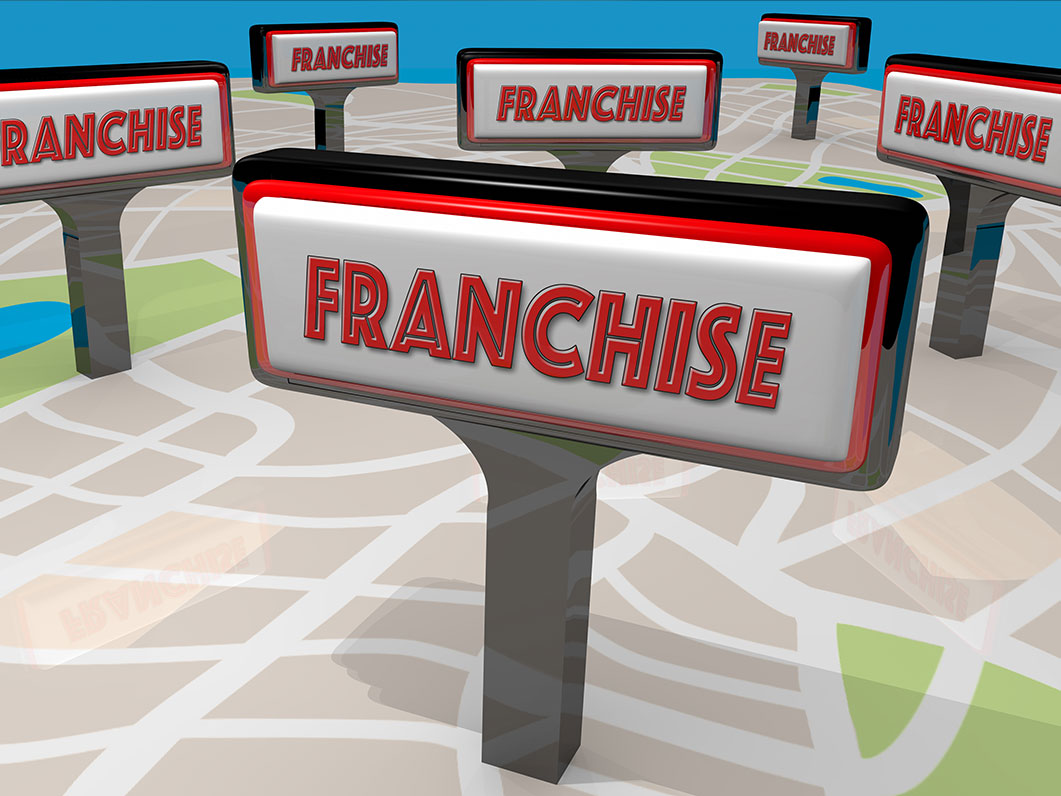In a recent announcement, the National Restaurant Association, along with the Restaurant Law Center (RLC), has voiced strong opposition to the final rule on Joint Employer status issued by the National Labor Relations Board (NLRB). This rule, which defines the relationship between franchisees and franchisors, is causing significant concern among restaurant franchise owners and the restaurant industry at large.
The NLRB’s new definition of Joint Employer status, according to Sean Kennedy, the Executive Vice President for Public Affairs at the National Restaurant Association, is a “heavy blow to small business restaurant operators.” The rule defines an employer based on ‘indirect or potential influence’ over an employee but fails to provide clarity on how ‘indirect control’ will be determined.
Of particular concern is the fact that approximately one-third of the restaurant industry operates under a franchisee-franchisor relationship, and many restaurants contract third parties for various services such as laundry and delivery. This rule means that virtually every restaurant operator must now navigate the complex terrain of determining if they have joint liability for the individuals working in their establishments.
Franchisees are also facing the unsettling prospect of losing their independence in the eyes of the NLRB. This newly defined Joint Employer relationship threatens to create confusion and legal disputes throughout the restaurant industry.
The National Restaurant Association and the Restaurant Law Center are committed to assisting both franchisors and franchisees in understanding their respective responsibilities while advocating for the restoration of a more workable Joint Employer standard, one that is based on the direct and immediate control of employees.
The Impact of the New Joint Employer Rule
The new Joint Employer standard has far-reaching implications for the restaurant industry. It broadens the definition of “essential terms and conditions of employment,” making franchisees potentially jointly liable for violations committed by entities with which they have business relationships. This change significantly increases the liability risks associated with franchisee-franchisor relationships, as well as interactions with service providers and third-party companies.
Under the NLRB’s final rule, the following key changes are implemented:
- Sharing risk among two or more businesses even if there is only “reserved and indirect” control of employment between the two companies.
- The potential for a restaurant operator to be penalized if they work with a third-party contractor (such as a linens cleaner, janitor, plumber, etc.) that receives a labor violation.
- Creating significant labor uncertainty and risk management concerns across the industry.
- Reducing opportunities for franchisee ownership and independence.
In response to these concerns, the National Restaurant Association and the Restaurant Law Center have submitted extensive comments opposing the changes included in the final rule. They are considering all available options, including potential litigation, to restore a more workable standard for the industry.
The implications of this new Joint Employer rule extend beyond the confines of the restaurant world, affecting the dynamics between franchisees, franchisors, and their relationships with third-party service providers. As the industry grapples with the potential consequences of this rule, many are left wondering what the future holds for restaurant operators, franchisees, and the onion industry, which may face its own challenges as a result of this regulatory shift.



